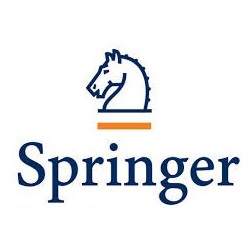Abstract
VHF band stratosphere/troposphere (ST) radars around the globe are seldom operated in range-imaging mode. As such, the typical range resolution of their backscatter images is about 150 m. The only exception is the Kyoto University’s Middle and Upper Atmosphere (MU) radar in Shigaraki, Japan. Range imaging using frequency diversity was implemented there in 2005 and has often been used since then. During the Shigaraki UAV Radar Experiment (ShUREX) campaigns in the spring/summers of 2015, 2016, and 2017, the MU radar was operated in range-imaging mode to provide a range resolution of typically 20 m, for good signal to noise (SNR) ratios. The resulting Capon backscatter images revealed a variety of atmospheric structures in the moist troposphere in great detail. They were also quite useful in deploying in situ sensors on board unmanned aerial vehicles (UAVs) to probe such structures in near real time guided by the images. The goal of this paper is to present and discuss some such structures of interest to atmospheric dynamics collectively, to provide an overarching view. They include Kelvin-Helmholtz (KH) billows generated by shear instability, mid-level cloud-base turbulence (MCT) layers generated by convective instability in a moist troposphere, convective boundary layer (CBL), and sheet and layer (S&L) structures in a stably stratified atmospheric column. Videos of radar images collected during the 2015 and 2016 campaigns are included as Additional file 1 to demonstrate the fascinating, ever-changing evolution of atmospheric structures over the MU radar.








